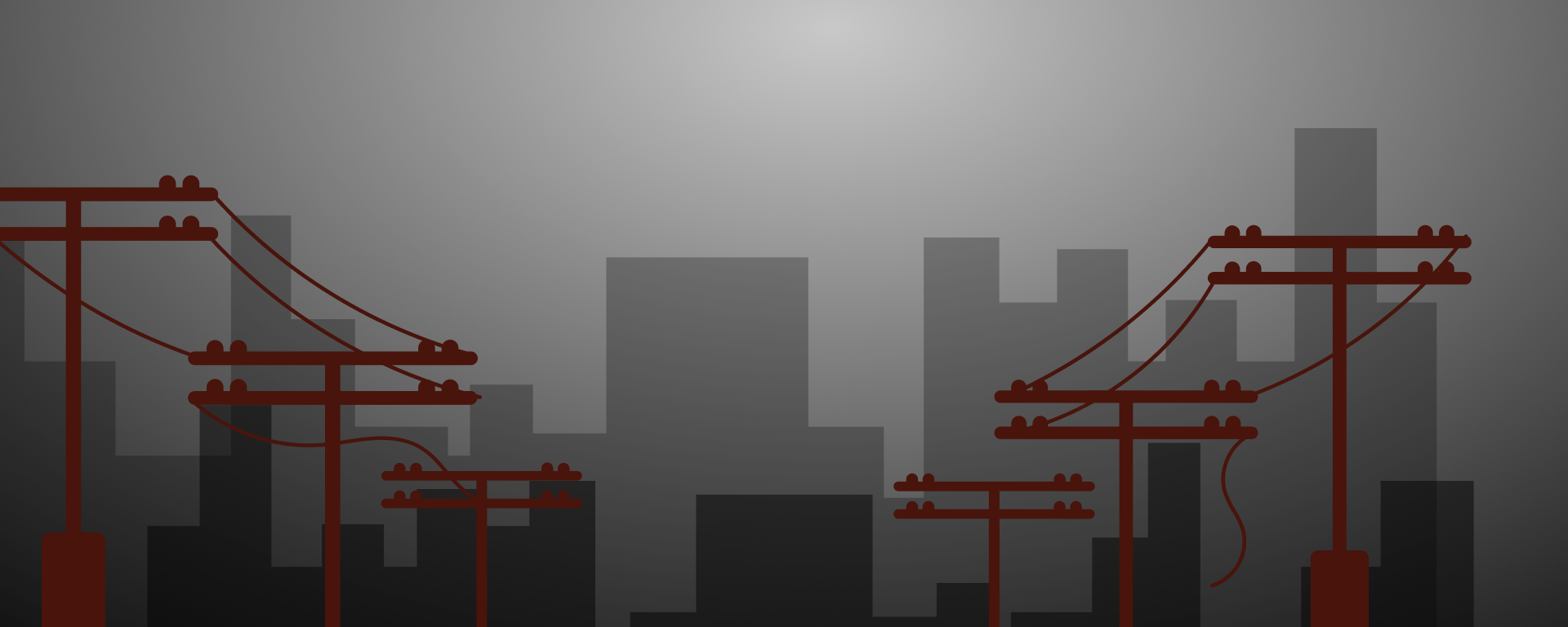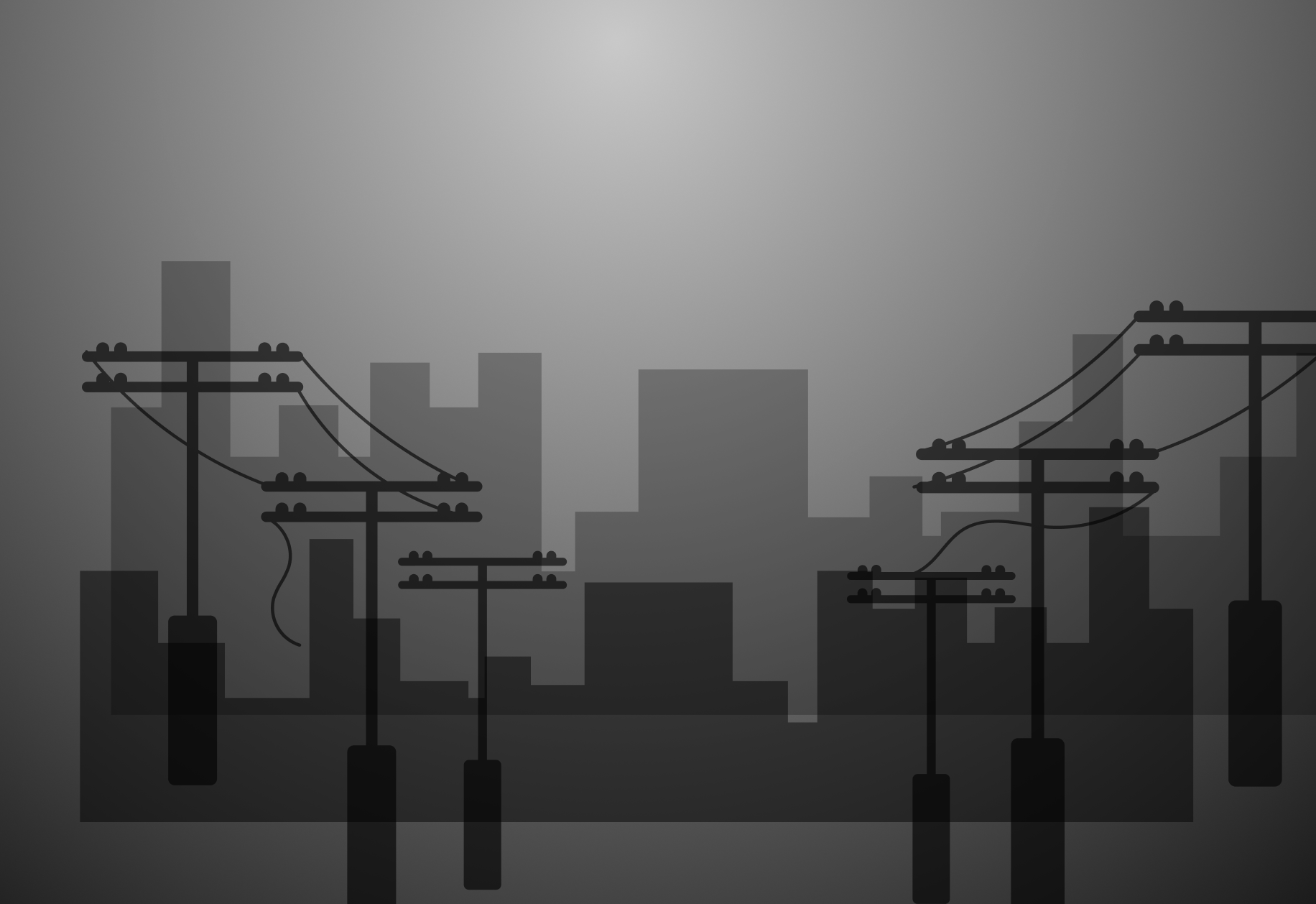AC, or alternating current, is a type of electrical current in which the flow of electric charge periodically reverses direction. Unlike direct current (DC), where electrons flow steadily in one direction, AC voltage and current alternate in polarity and magnitude—typically following a sinusoidal waveform.
This form of current is the standard for power distribution in homes and industries because it can be easily transformed to different voltages using transformers, making long-distance transmission more efficient. Most household appliances, lighting systems, and industrial equipment are designed to operate on AC power.
If you’re working with surge generators or cable diagnostics, AC might also refer to the power supply input (like 220V AC) used to energize the equipment.


